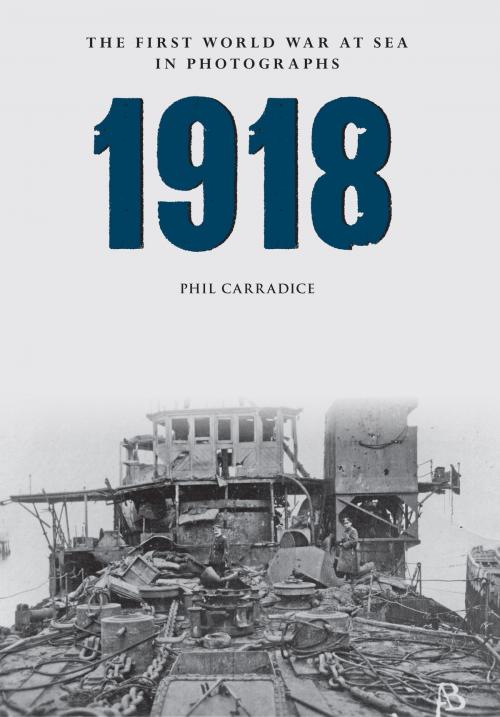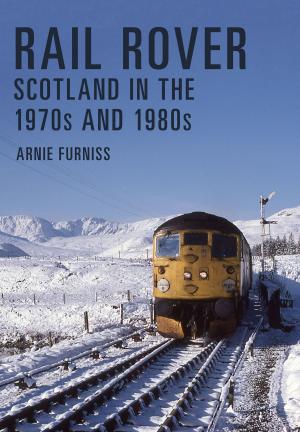| Author: | Phil Carradice | ISBN: | 9781445622736 |
| Publisher: | Amberley Publishing | Publication: | March 15, 2015 |
| Imprint: | Amberley Publishing | Language: | English |
| Author: | Phil Carradice |
| ISBN: | 9781445622736 |
| Publisher: | Amberley Publishing |
| Publication: | March 15, 2015 |
| Imprint: | Amberley Publishing |
| Language: | English |
The year 1918 was dominated by the Armistice and the end of the fighting in the War to End All Wars. However, before that both the U-boat war in the North Atlantic and the British blockade of Germany continued unabated. The Royal Navy attempted to block the German naval forces in the Belgian port of Zeebrugge into the harbour with a raid on St George’s Day and the Royal Naval Air Service was amalgamated into the Royal Flying Corps to form the RAF on 1 April. The Royal Navy was also involved in the British intervention against the Bolsheviks in the Russian Civil War. After the Armistice came, the Royal Navy’s work was not finished. The German surface fleet was interned in Scapa Flow from 23 November, only for the ships’ crews to scuttle their vessels on 21 June 1919. The U-boat fleet also surrendered. Finally, in November 1920, there was the solemn task of transporting the body of the Unknown Warrior across the Channel from Boulogne to Dover for burial in Westminster Abbey. Phil Carradice takes us through the First World War at sea in photographs, showing us the horror of war and telling the story of some of the key moments of the conflict.
The year 1918 was dominated by the Armistice and the end of the fighting in the War to End All Wars. However, before that both the U-boat war in the North Atlantic and the British blockade of Germany continued unabated. The Royal Navy attempted to block the German naval forces in the Belgian port of Zeebrugge into the harbour with a raid on St George’s Day and the Royal Naval Air Service was amalgamated into the Royal Flying Corps to form the RAF on 1 April. The Royal Navy was also involved in the British intervention against the Bolsheviks in the Russian Civil War. After the Armistice came, the Royal Navy’s work was not finished. The German surface fleet was interned in Scapa Flow from 23 November, only for the ships’ crews to scuttle their vessels on 21 June 1919. The U-boat fleet also surrendered. Finally, in November 1920, there was the solemn task of transporting the body of the Unknown Warrior across the Channel from Boulogne to Dover for burial in Westminster Abbey. Phil Carradice takes us through the First World War at sea in photographs, showing us the horror of war and telling the story of some of the key moments of the conflict.















